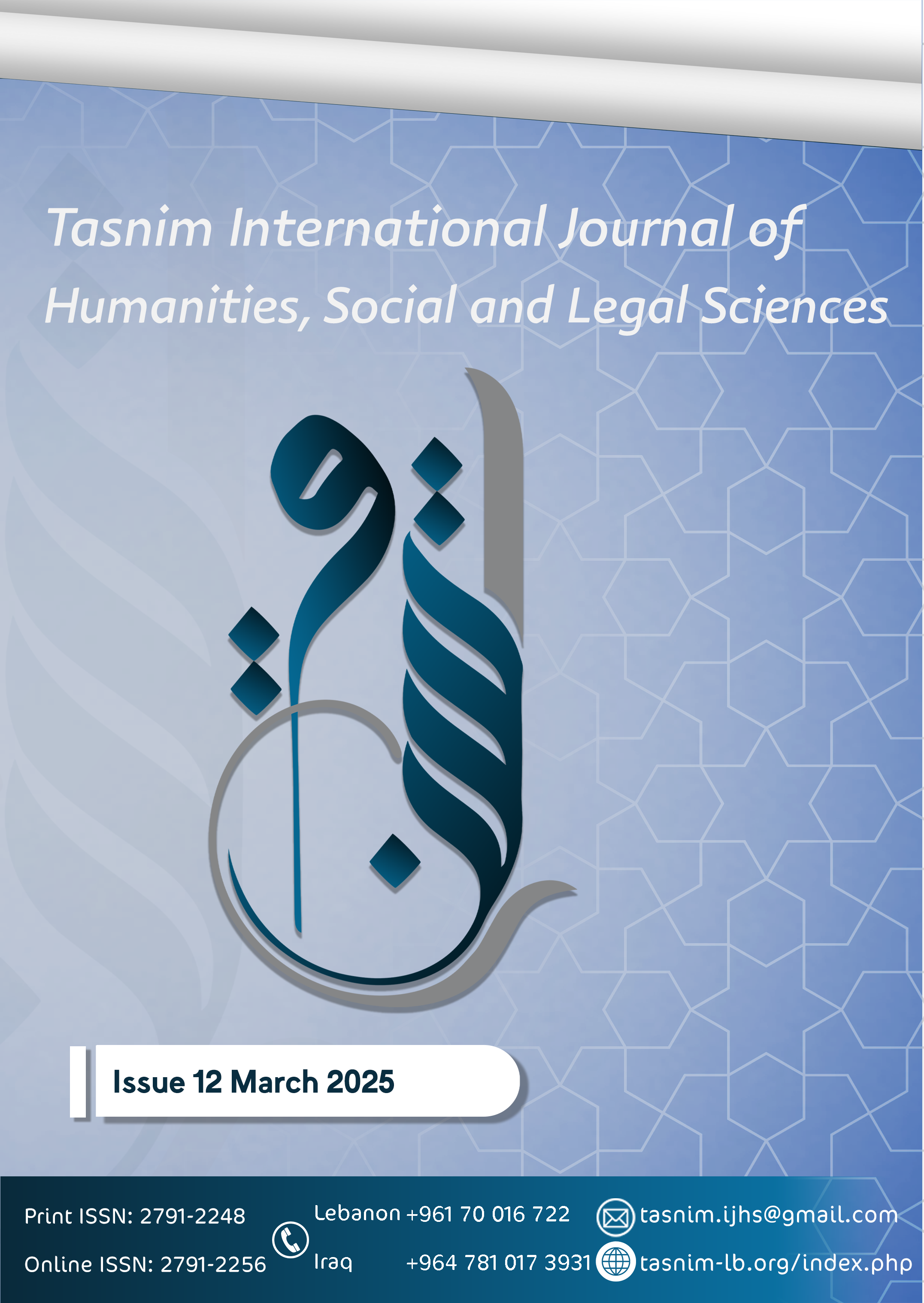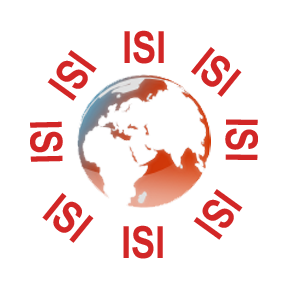Contemporary Linguistic Methodologies in Analyzing Literature: Exploring New Dimensions of Language, Culture and the Impact of AI
Abstract
The advent of AI has introduced a transformative approach to the study of literature and it has created novel horizons in relation to cultural, linguistic and literary analysis. AI technology is often contrasted to traditional literary methodologies such a close reading and textual analysis. AI technology allows profound examinations of themes, motifs, symbols, and narrative, linguistic, and structural patterns in literary texts in speed that could transcend even the most discerning readers and critics. Techniques such as Machine Learning and Natural Language Processing NLP allow us to dig deep into subtle textual issues that might have even been overlooked by critics and readers. The previous claims will appear to be facts for unexperienced students of literature. AI is indeed productive since it allows rapid analysis of vast data basis and it exhibits consistency in the detection of literary patterns. It also exhibits relative objectivity in specifying themes and patterns. Contemporary students of literature have the advantage of benefiting from AI tools such as text miming, sentiment analysis, and other tools like those PYTHON employs. However, employing AI technology makes it obligatory to discuss issues of talent, creativity, individual privacy, cultural difference, authenticity, authorship, ethics, intellectual integrity, and other relevant concepts. This research explores the potential of AI in the literary arena and provides examples how it is used in an attempt to shed light on the advantages and limitations of employing AI technology in literary and linguistic analysis.
Downloads

Downloads
Published
How to Cite
Issue
Section
License
Copyright (c) 2025 Tasnim International Journal for Human, Social and Legal Sciences

This work is licensed under a Creative Commons Attribution-NonCommercial-NoDerivatives 4.0 International License.





